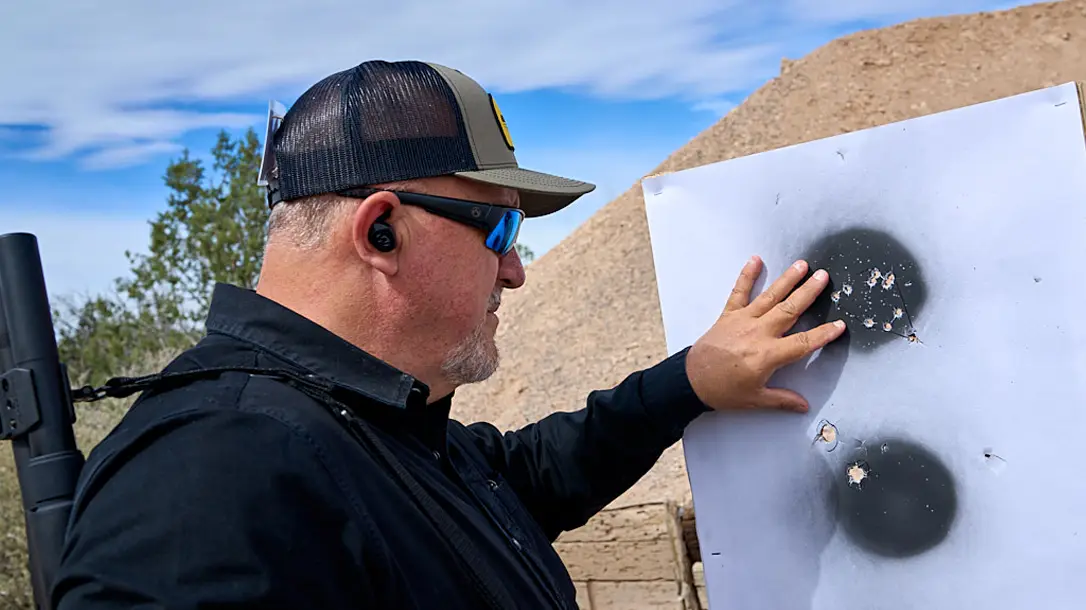When it comes to home defense, a shotgun loaded with buckshot is one of the most versatile and practical tools available. However, simply loading your shotgun and calling it good is a mistake. To truly manage the power of your shotgun, you must take the time to pattern it. Patterning your shotgun with buckshot is not just a technical exercise. You need to ensure your weapon performs predictably and effectively under critical conditions. Let’s dive into why patterning with buckshot is necessary and how you can do it yourself.
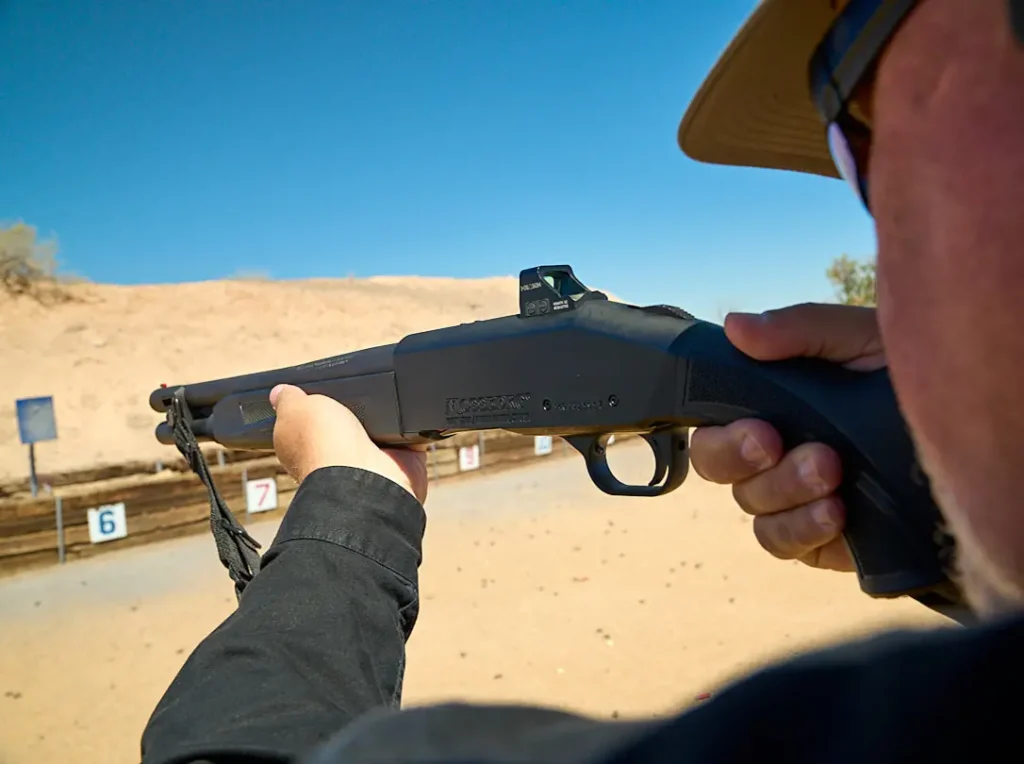
Patterning with Buckshot
Several factors affect a shotgun’s performance. These include the type of buckshot, the choke on the barrel, and even the brand of ammunition. No two shotguns are identical; even shotguns of the same make and model can produce different patterns. This variability makes determining how your specific firearm performs with the ammunition you plan to use crucial.
Advertisement — Continue Reading Below
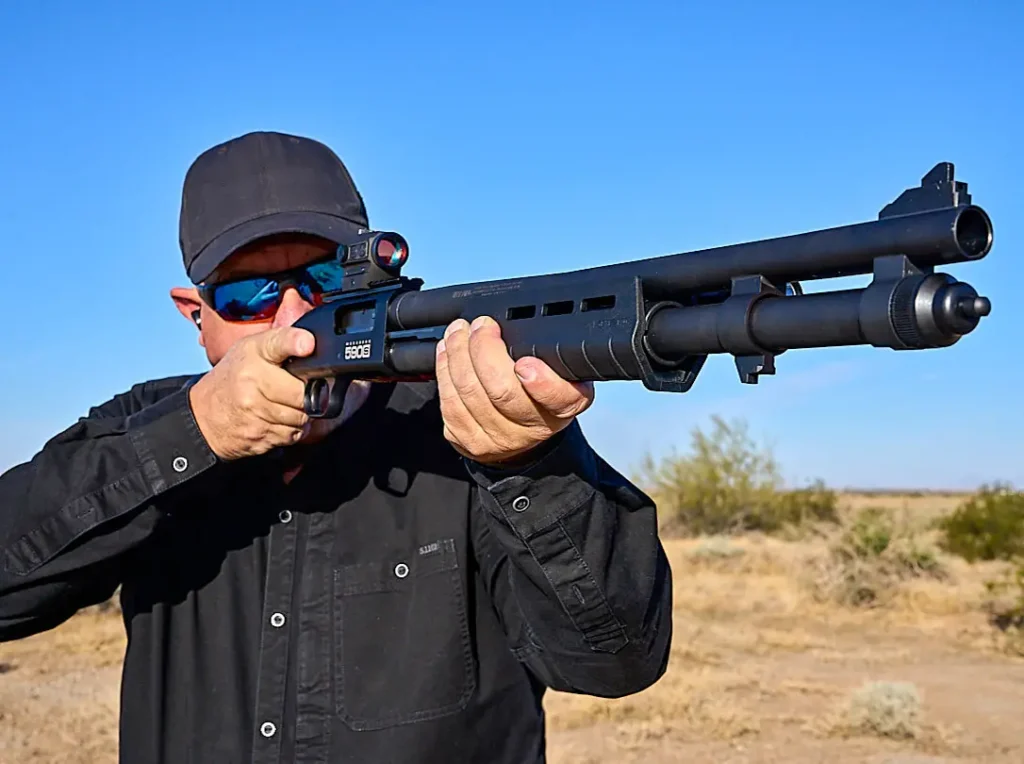
Here’s Why It’s Vital
Shot Distribution: Buckshot pellets disperse as they travel, but the pattern isn’t always uniform. By patterning, you can see exactly where the pellets hit and identify any gaps affecting accuracy.
Choke Effectiveness: Your shotgun’s choke plays a significant role in determining the spread of your buckshot. Patterning helps you evaluate if your choke is giving you the desired results.
Advertisement — Continue Reading Below
Ammunition Performance: Not all buckshot is created equal. Patterning lets you identify the best brand and load it with your gun.
Confidence in Performance: Knowing how your shotgun patterns at various distances builds confidence. Whether defending your home or hunting game, you can rely on your shotgun to perform predictably.
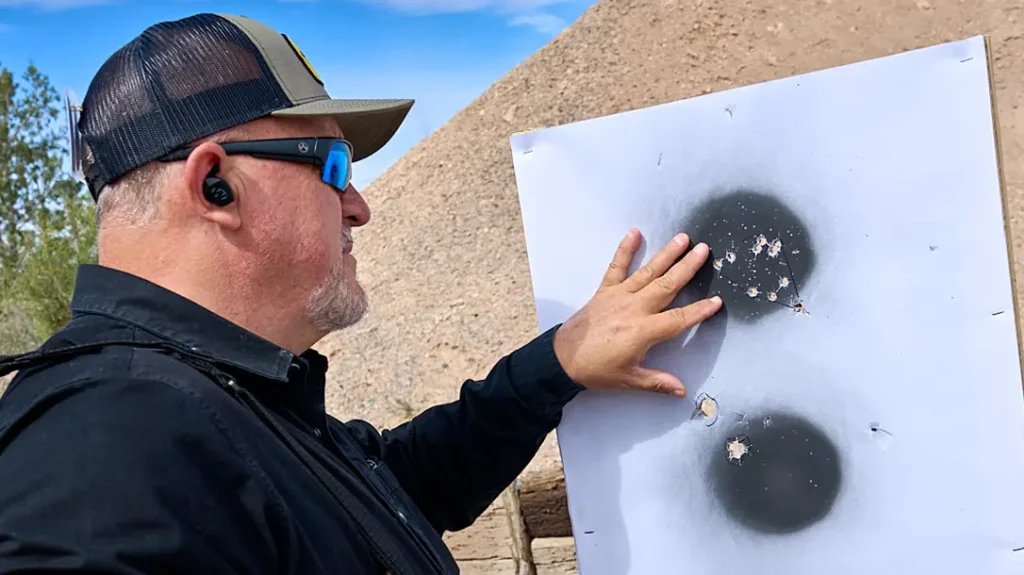
Advertisement — Continue Reading Below
How to do it
Patterning is a straightforward process, but it does require attention to detail. Here’s how to do it:
Step one – Get your gear
You’ll need:
Advertisement — Continue Reading Below
- Your shotgun.
- Multiple types of buckshot ammunition (try different brands and loads).
- Large sheets of paper or cardboard (at least 36×36 inches).
- A target stand.
- A marker for labeling shots.
- Safety gear: eye and ear protection.
Step two – Set it up
Find a safe location where you can shoot, such as a shooting range or private property with a safe backstop. Position your target at the distance you’re most likely to use your shotgun. For home defense, I use three different ranges. I shoot a group at 5 yards, then 15 yards, and finally 25 yards. This tells me what the buckshot will do at these common distances.
Set the target up
Advertisement — Continue Reading Below
Attach a large piece of paper or cardboard to your target stand. Draw a clear aiming point in the center, such as a dot or cross. Label the target with the ammunition brand, load, and choke being tested.
Fire your shots.
Load your shotgun with the selected buckshot and fire one shot at the target, aiming directly at the center. Be sure to take your time and get the best shot possible. Now, Step forward and examine the pattern. Look for:
Advertisement — Continue Reading Below
- Pellet distribution: Are the pellets evenly spaced, or are there significant gaps?
- Point of impact: Does the pattern center around your aiming point, or is it off to one side?
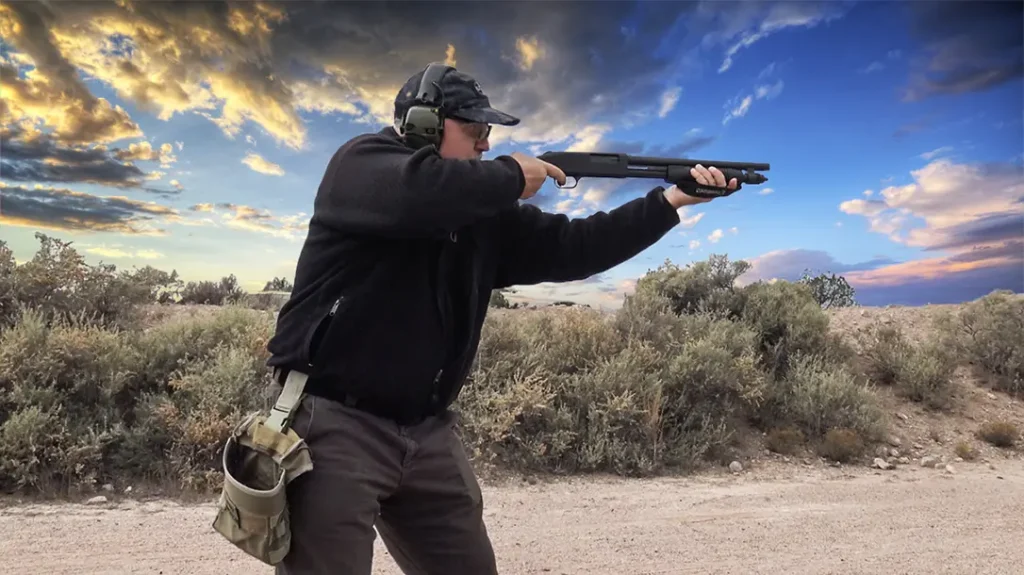
Do it Again With Different Ammo
Switch to a different type of buckshot or change the choke and repeat the process. Use a fresh target for each combination to avoid confusion. Test at various distances to see how the pattern changes as the range increases.
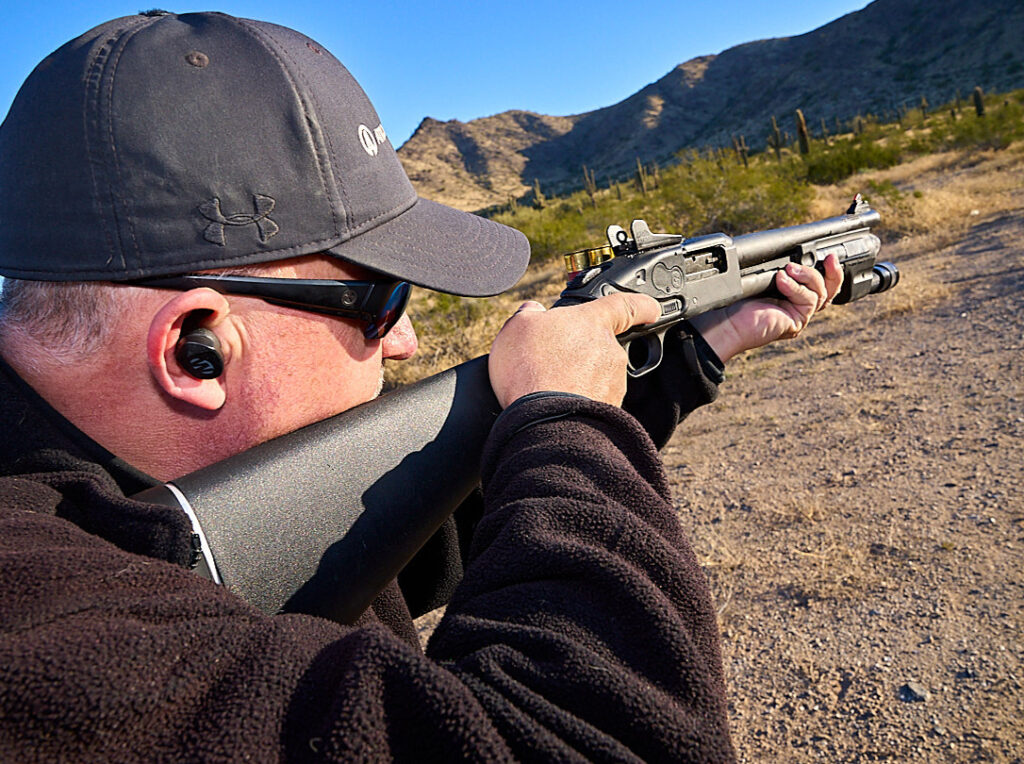
Advertisement — Continue Reading Below
Compare Results
Take notes on each pattern, including the ammunition used, choke setting, and distance. This will help you identify which combination works best for your needs.
Once you’ve tested several combinations, you’ll likely notice significant differences in how each one patterns. For example, some loads may produce tighter, more consistent patterns, while others might spread too wide, leaving gaps. Select the combination that offers the best balance of pellet density and spread for your intended use. You’ll typically want a tight pattern at close range for home defense to minimize stray pellets.
Patterning your home defense shotgun should not be skipped. It’s an essential step in ensuring your firearm performs effectively and safely. By understanding how your shotgun patterns, you gain confidence and control, turning your firearm into a precision tool rather than a guessing game.
Advertisement — Continue Reading Below
While there are countless loads out there, Federal Flight Control has always performed well for me. However, once again, test your gun. You need to know which buckshot gives you the best and tightest pattern.
For more information, visit: https://www.federalpremium.com/
